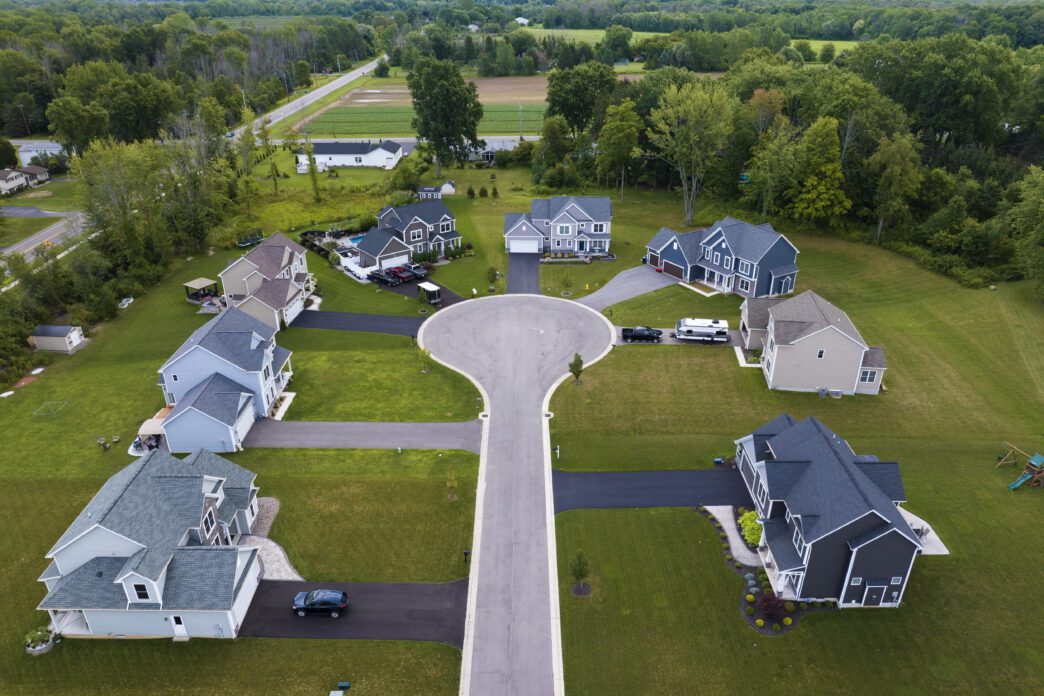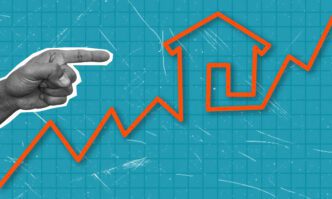Executive Summary
- Foreclosure filings in the U.S. affected 36,766 properties in October, a 19% increase from the previous year and a 3% rise from September.
- Foreclosure starts rose 20% year-over-year, while completed foreclosures jumped 32% over the same period.
- Despite the rise, experts note that current foreclosure rates of less than 0.5% are significantly below the historical average of 1% to 1.5%.
- Florida, South Carolina, and Illinois had the highest rates of foreclosure filings among states.
- Analysts are monitoring rising delinquencies in FHA loans and economic pressures like high consumer debt and borrowing costs as potential future risks.
U.S. foreclosure filings increased for the eighth consecutive month on an annual basis in October, with activity rising 19% from a year ago and 3% from the prior month, according to a new report from property data firm ATTOM. The data showed 36,766 properties faced a foreclosure filing—such as a default notice, scheduled auction, or bank repossession—during the month, signaling a gradual return to pre-pandemic norms but remaining far below crisis-era peaks.
The initial stage of the process, known as foreclosure starts, rose 6% from September and saw a 20% jump compared to October of the previous year. Completed foreclosures, or bank repossessions, increased by 32% year-over-year. Despite these increases, experts emphasize the numbers reflect a market adjustment rather than a widespread crisis.
“Even with these increases, activity remains well below historic highs,” said ATTOM CEO Rob Barber in a release. “The current trend appears to reflect a gradual normalization in foreclosure volumes as market conditions adjust and some homeowners continue to navigate higher housing and borrowing costs.”
Geographically, certain states are experiencing higher rates of foreclosure activity. Florida, South Carolina, and Illinois led the nation in foreclosure filings in October. At the metropolitan level, Tampa, Jacksonville, and Orlando in Florida had the most filings, followed by Riverside, California, and Cleveland, Ohio.
Providing historical context, Rick Sharga, CEO of real estate intelligence firm CJ Patrick Company, noted that less than 0.5% of mortgages are currently in foreclosure. This is significantly lower than the historic average of 1% to 1.5% and a fraction of the over 4% rate seen at the peak of the Great Recession. “So, no foreclosure tsunami to worry about,” Sharga stated.
However, Sharga did identify specific areas of concern. Delinquencies on Federal Housing Administration (FHA) loans have surpassed 11%, accounting for 52% of all seriously delinquent loans, which could lead to more FHA-backed properties entering foreclosure in the coming year. He also pointed to rising defaults in states like Florida and Texas, where falling home prices coincide with soaring insurance premiums.
Economic Headwinds
Broader economic factors could contribute to a continued, albeit slight, increase in mortgage defaults. Persistently high home prices and mortgage rates are pressuring homeowners, particularly recent buyers who may have anticipated refinancing to a lower rate. Compounding this are record-high consumer debt levels, rising delinquencies on other forms of credit, and signs of a weakening job market.
“None of these issues have impacted mortgage performance—yet, but it would be unrealistic to assume that these trends, along with slow home sales and declining home price appreciation, won’t lead to at least a slight increase in delinquencies and defaults in the months ahead,” Sharga added.








